Would You Try These Delicacies From Around the World?
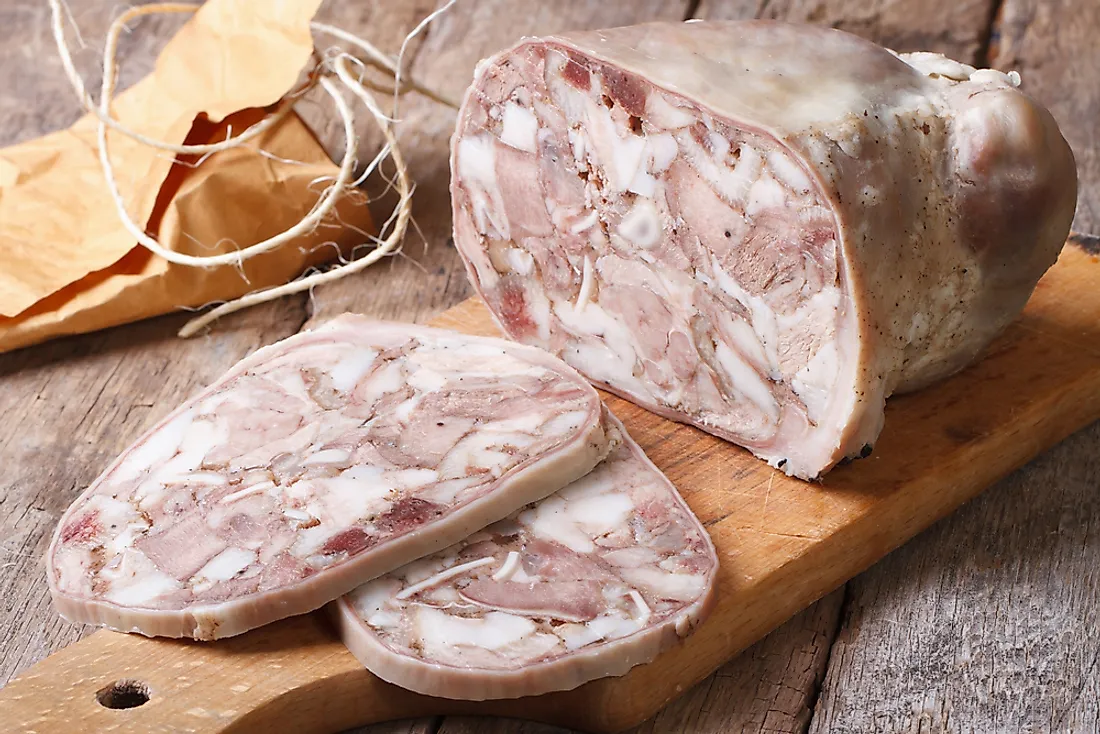
Every culture has its own unique tastes, especially when it comes to food. We've compiled a list of some of the most unusual delicacies from around the world. But be warned: some of these foods are not for the squeamish!
10. Chicken feet - Various countries in Asia
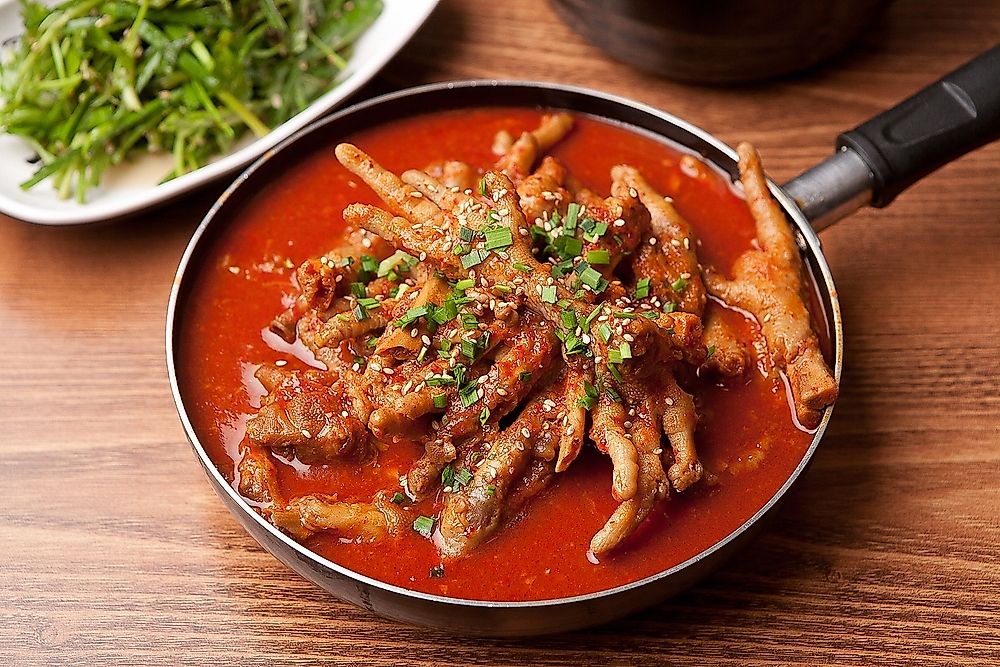
Chicken feet are eaten in many Asian countries. Because chicken feet are mainly comprised of skin and tendons, the dish has a distinct, gelatinous texture after cooking. They are served as a dried snack, soup, or main dish, and in some countries they are a popular baby food. Indonesians enjoy chicken feet in soto, a spicy traditional soup. Malaysians prefer it cooked with curry and accompanied by roti canai, or deep fried in palm oil. In Korea, chicken feet are grilled after marinating in a hot pepper sauce. A ubiquitous Philippine street food, chicken feet are affectionally known as "Adidas" (named for the popular athletic shoe).
9. Pickled eggs - United Kingdom
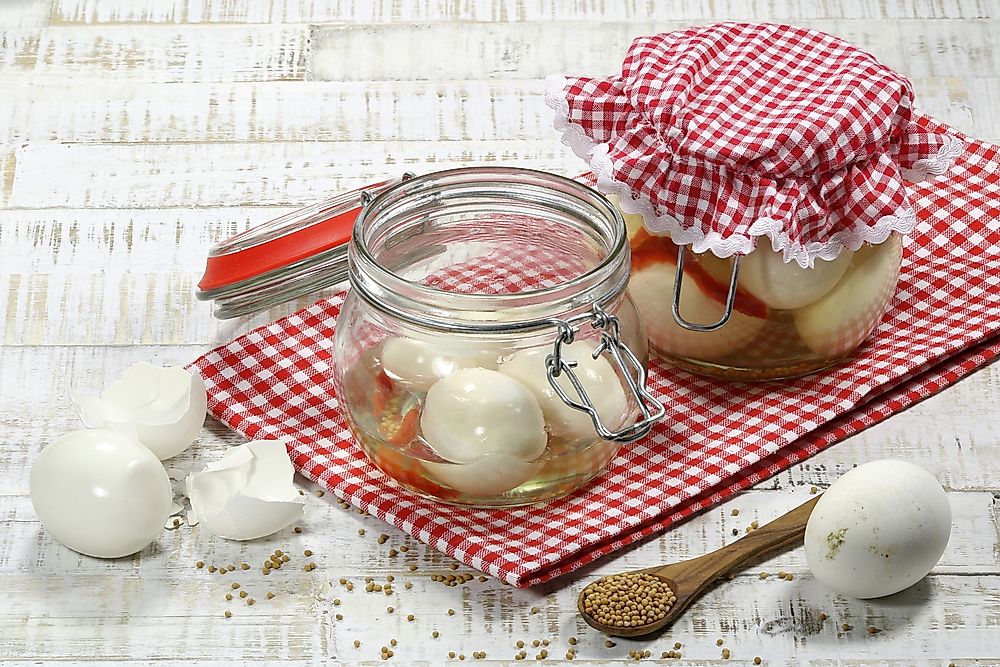
Pickled eggs are a long-standing traditional beer snack in British bars and public houses. Eggs are hard boiled, shelled, and placed in large jars full of brine containing vinegar, salt, and spices. This was originally done out of necessity; in colder regions, eggs were a seasonal food, so pickling helped to preserve the nutritious, high-protein snack. Although the food itself may seem benign, its provenance can sometimes be questionable. Unless a date is clearly marked on the jar, customers can never be sure how long an egg has been floating in its murky solution.
8. Cuy asado - South America
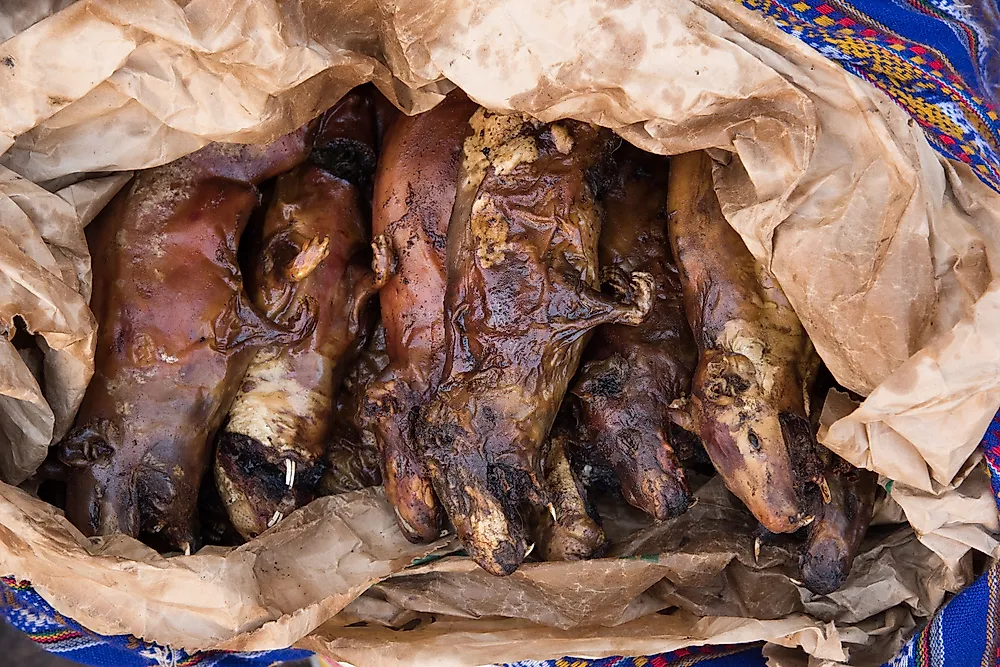
This meat is delicious, very tender, and oily. Some say it tastes like a cross between pork and rabbit. You've likely seen this domesticated animal, but unless you've been to Ecuador, Peru, or Colombia, you probably haven't tasted it. Cuy asado, or broiled guinea pig, is a delicacy in these South American countries. Although some may recoil at the thought of eating a popular household pet, Andeans praise the guinea pig as an eco-friendly, sustainable food source. Animals can be bred and raised in a variety of conditions, and they have a much smaller carbon footprint compared to large livestock such as cattle.
7. Head cheese - Europe
Despite its name, head cheese is not a dairy product. It is a loaf of meat jelly made from the meat and stock of a boiled animal head, typically a calf or pig but sometimes a sheep or cow. Originating in Europe, this peasant food has been around since the Middle Ages. Nearly every part of the animal's head is used. The stock congeals as it cools due to natural gelatin found in the skull. It can be seasoned with onion, pepper, allspice, bay, salt, and vinegar, and is sometimes pickled or smoked. Head cheese is typically sliced and added to salad, or served as part of a traditional Christmas dinner.
6. Durian - southeast Asia
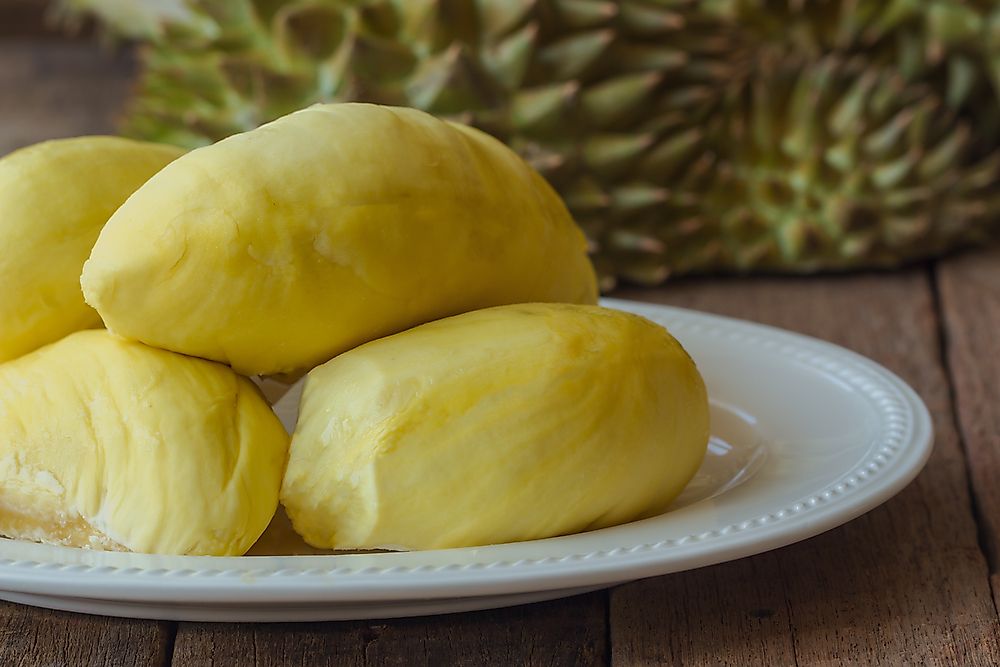
This notorious fruit is recognized throughout southeast Asia by its large size, thorny husk, and distinctively bizarre smell. Its edible flesh and seeds are frequently used to flavor desserts, but durian can also be fried with peppers and onion, added to fish dishes, or dried into chips. Durian's strong, lingering odor is described by some to be quite pleasant, but others describe it as an overpowering stench evoking rotten onion, gym socks, vomit, skunk spray, or sewage. The fruit has even been banned in some Asian localities frequented by international tourists.
5. Casu Marzu - Italy
Pecorino is an Italian cheese made from ewe's milk. In Sardinia, they have taken simple fermentation to a whole new level; casu marzu is made of pecorino cheese in a state of decomposition, brought about by the digestive enzymes of its colony of thousands of resident maggots. The worms break down the cheese's fats until it is very soft and liquid begins to seep out. This delicacy, considered by many to be an aphrodisiac, is served on Sardinian flatbread and paired with strong red wine. Diners must protect their food when eating, as the maggots, when disturbed, can launch themselves at a distance of up to six inches!
4. Chapulines - Mexico
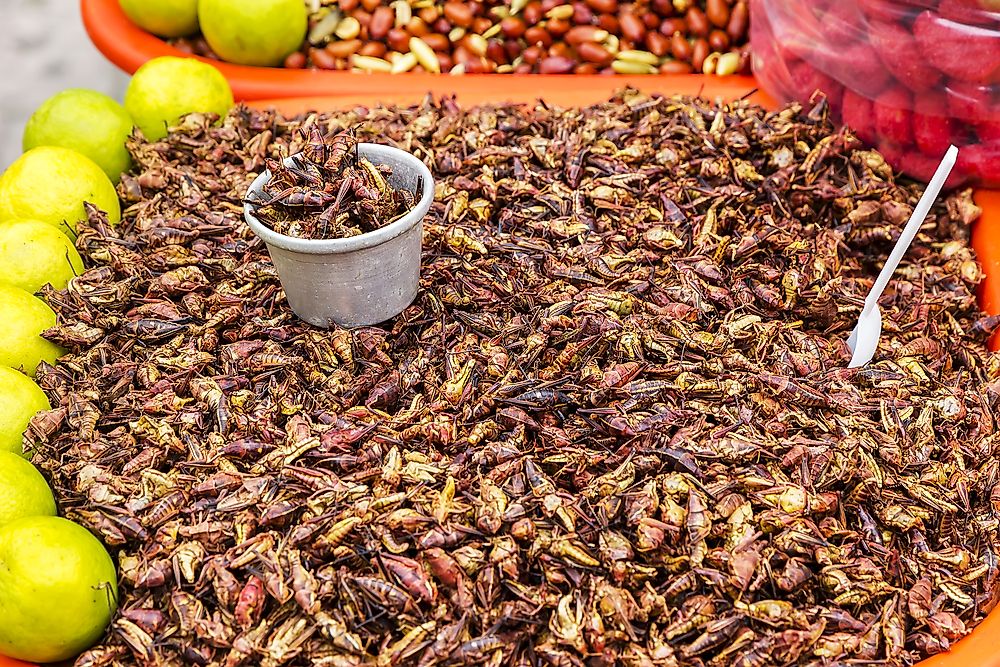
In the spring and summer, grasshoppers are harvested throughout Mexico. They are cleaned, separated, and toasted on a clay cooking surface called a comal. After being seasoned with lime juice, garlic, chili, salt, and agave worm extract, the end result is crunchy, sour, salty and spicy. Chapulines are a popular snack sold at sporting events, particularly in the state of Oaxaca and in regions near Mexico City.
3. Mopane worm - Africa
Mopane worms are the caterpillar of a species of emperor moth found in southern Africa. These caterpillars are an important food source for millions of regional inhabitants. Mopane worms are harvested in the wild, after the innards are removed they are dried or smoked. Dried caterpillars can be eaten as a snack, or rehydrated before being fried or sautéed with onion, tomato, and other spices. Mopane worms are also packaged industrially, canned in brine, tomato, or chili sauce.
2. Spam - United States

Spam is a brand of canned cooked meat made by Hormel Foods. Introduced in 1937, its main ingredients include pork and ham meat, salt, sugar, water, and modified potato starch. Although the product appears unappetizing when compared to freshly-cooked meat, and the fact that it plops out of its tin in a disturbing gelatinous mass, Spam's low cost and lengthy shelf life have made it popular in worldwide markets, particularly in areas with limited access to refrigeration. Hawaiians have the highest per capita consumption of Spam in the United States. Spam is a popular menu item in local fast food restaurants such as McDonald's, and deluxe spam tins with flavors such as Honey Spam, Spam with Bacon, and Hot, and Spicy Spam can be purchased in regional stores.
1. Balut - Southeast Asia
Balut, a popular street food in the Philippines and around southeast Asia, is a duck or chicken embryo served inside its shell. Fertilized eggs are incubated between 14 and 21 days, allowing the embryos to develop normally. They are then boiled and served warm. Balut is eaten by sipping its liquid (consisting of broth, embryonic fluid, and emulsion of cooked bird fat) and eating the solid yolk and embryo after peeling its shell. Often served as a beer snack, balut seasonings vary by region and can include salt, white vinegar, garlic, chili, ginger, pepper, mint, and lemon or lime juice.











